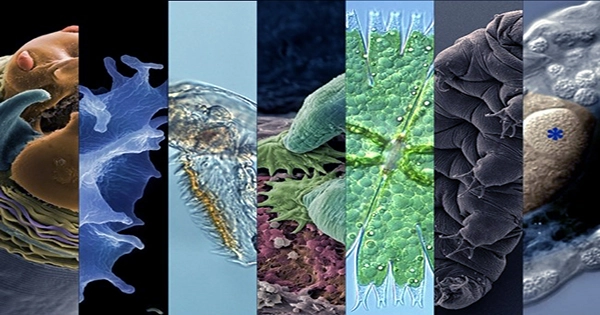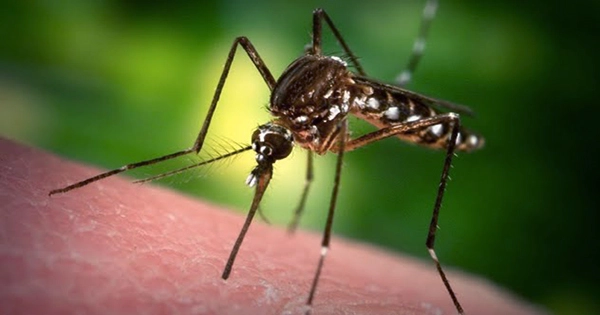The scientific approach of classifying and naming living things by putting them in groups based on qualities or characteristics in common is called taxonomy. This covers the organism’s genetic make-up, morphological (structural) traits, and evolutionary connections to other species. Different levels, which successively grow less thorough yet more specialized to the type of organism, are used to organize taxonomy. Taxonomy is an important subject for scientists because it facilitates a closer examination of all currently identified species and a better understanding of biodiversity, which refers to all species on Earth. The following is the taxonomic hierarchy:
Domain: The taxonomic rank with the highest detail is called a domain. Bacteria, Archaea, and Eukarya are the three primary domains at the moment. Both bacteria and archaea are prokaryotic, which means that they are both single-celled creatures without nuclei. By cell type, the domains are distinguished and categorized.
Kingdom: Kingdoms are less extensive than domains; examples are the kingdoms of plants, animals, and fungus. Animals are all mobile at some stage of development, and kingdoms classify organisms according to how nutrients are obtained and how well they can move (fungi and animals are heterotrophs, while plants are autotrophs)
Phylum: Phyla (plural) are groups that are still highly thorough but more specialized than kingdoms. They are categorized by universal traits that they do not share with other phyla. Examples of phyla include Porifera, Chordata, and Platyhelminthes (the flatworm phylum), all of which have flat, elongated bodies, and many vertebrate creatures that have postanal tails at some stage in their development (the sponge phylum, all members are sponges). Kingdom Animalia includes the aforementioned phyla and more.
Class: Classes contain fewer organisms than phyla and are more specialized. Classes include, for instance, the Mammalia class (mammals, all of which have mammary glands and fur or hair), the Calcarea class (calcareous sponges, which include calcium carbonate spicules), and the Asteroidea class (asteroids) (all members are sea stars).
Order: Based on general traits and genetics, orders are subsets of classification that are found inside classes. The Order Carnivora, which belongs to the Class Mammalia and includes carnivorous creatures like bears, cats, and dogs, is an illustration of this kind of subgroup. With the exception of the panda, all members of this order are carnivorous.
Family: Families are groups of similar genera within an organism. For instance, the family Anatidae, a subclass of Class Aves (birds), includes geese, ducks, and swans. This family’s members are all avian creatures that frequent freshwater habitats.
Genus: In comparison to families, genera (plural) are more specialized, less all-inclusive, and based on genetic and physical traits that are quite similar. As an illustration, the genus Planaria is used to refer to a specific variety of free-living flatworms that is frequently utilized in scientific studies.
Species: The most specific level of classification for organisms is species. Felis catus, sometimes known as the common housecat, is an illustration of a species. Although there are various breeds of cats in this collection, they are all members of the species Felis catus.
















